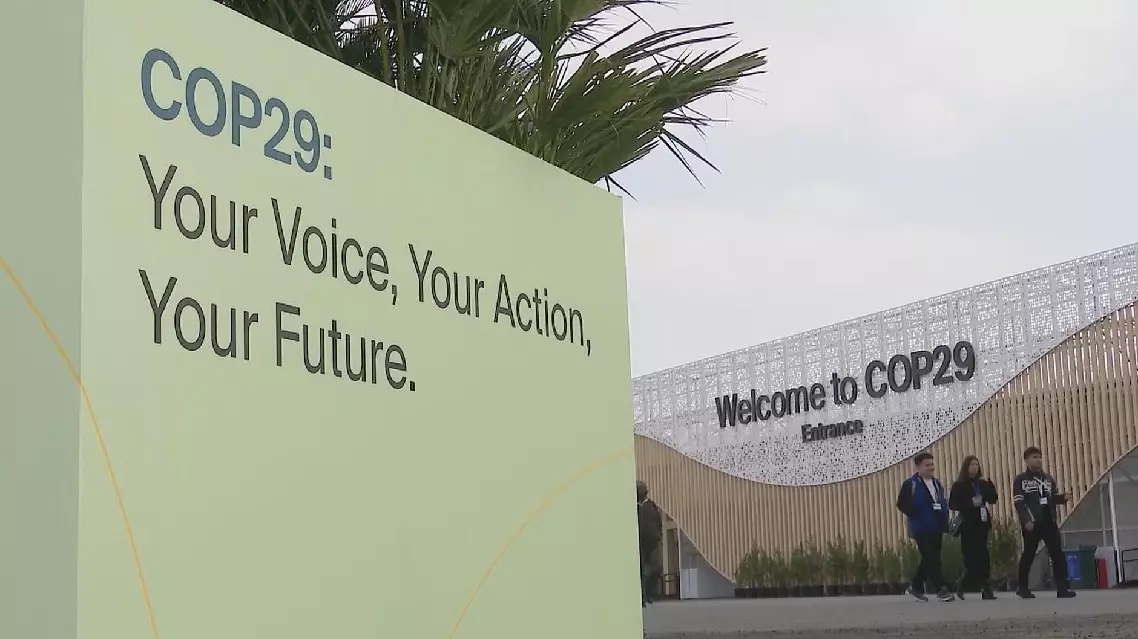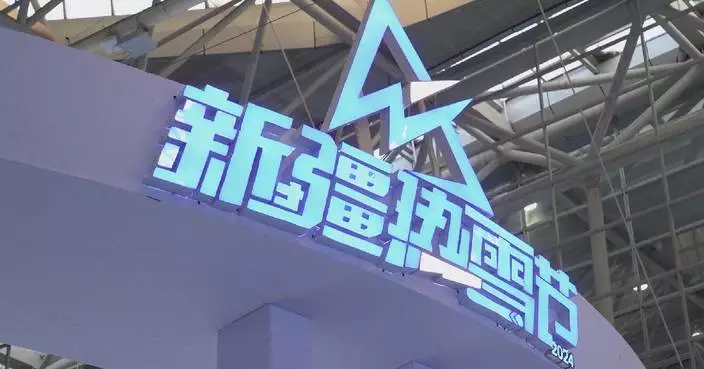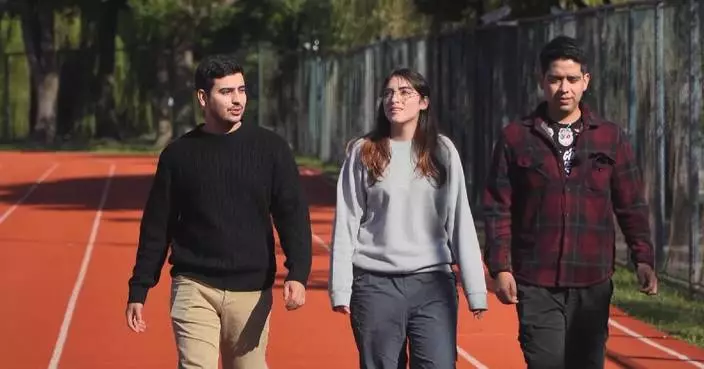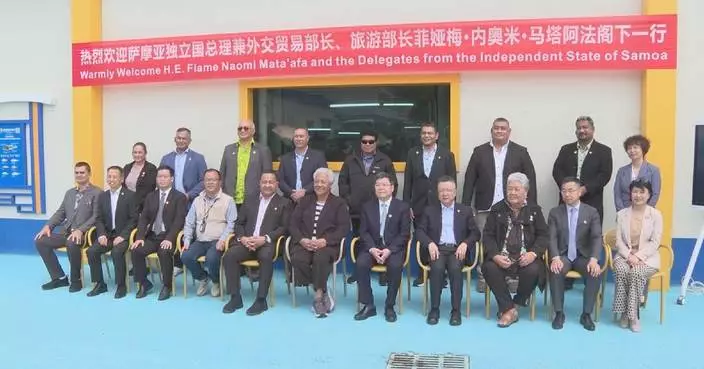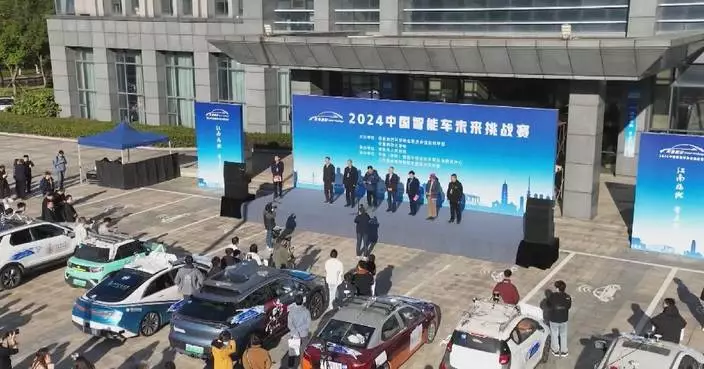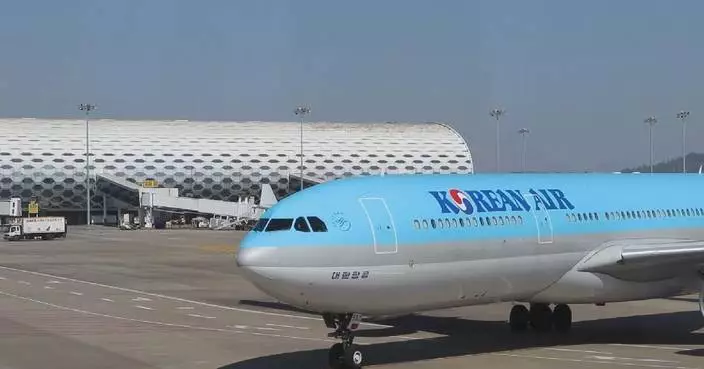China's Shenzhou-19 crew aboard the orbiting Tiangong space station has been carrying out space experiments, performing equipment maintenance, and conducting other tasks in an orderly manner over the past week after receiving supplies from the Earth in mid-November.
China launched the cargo craft Tianzhou-8 on Nov 15 to deliver supplies for its Tiangong space station.
Tianzhou-8 carried approximately six tons of materials, including consumables for the astronauts' in-orbit residency, propellants, experiment equipment, and 458 kilograms of scientific research supplies.
The supplies aboard the cargo craft are primarily intended to support the Shenzhou-19 astronauts and the future Shenzhou-20 crew.
The Shenzhou-19 crew received supplies after the Tianzhou-8 successfully docked with the space station on Nov 16.
Last week, the crew completed the replacement of the biomechanics module's drawers and the installation of sample units in the biotechnology experiment cabinet. These tasks will assist researchers in exploring the impact of biological segregation on lipid metabolism in space.
They also transported and installed the cell tissue experiment module, which will support the crew in conducting a variety of biotechnology experiments using cells and tissues as biological samples. The crew has completed several other tasks, including inspecting the sample tray and replacing experimental samples for the solid-liquid mesoscopic experimental unit in the fluid physics experiment cabinet.
They also cleaned the experimental chamber, replaced samples, and maintained the axial mechanism electrodes of the container-free material cabinet.
In terms of space medicine experiments, the astronauts have conducted research regarding the effects of changes in intraocular and intracranial pressure on vision function and related protective techniques.
Last week, they also completed inspections and maintenance of the space treadmill and the regenerative life support system aboard the space station.
For environmental monitoring within the space station, the crew has measured noise exposure doses, wind speed, and temperatures.
In terms of station management, they have performed regular cleaning, inspection, and maintenance across all modules.
The crew has also regularly undergone a range of medical examinations as required, including cardiovascular ultrasounds, ECGs, dynamic heart and blood pressure monitoring, bone density measurement, and strength tests.
For the first time, fruit flies have been brought into space aboard Tianzhou-8.
In the sub-magnetic, microgravity composite environment, researchers can study the growth and behavior of fruit flies to conduct research in fields such as genetics and neuroscience.
During their stay in space, the Shenzhou-19 crew will carry out 86 space science research and technology experiments, covering areas such as space life science and space medicine.
China launched the Shenzhou-19 crewed spaceship at the end of October, sending three astronauts -- including the country's first female space engineer -- to its space station for a six-month mission.
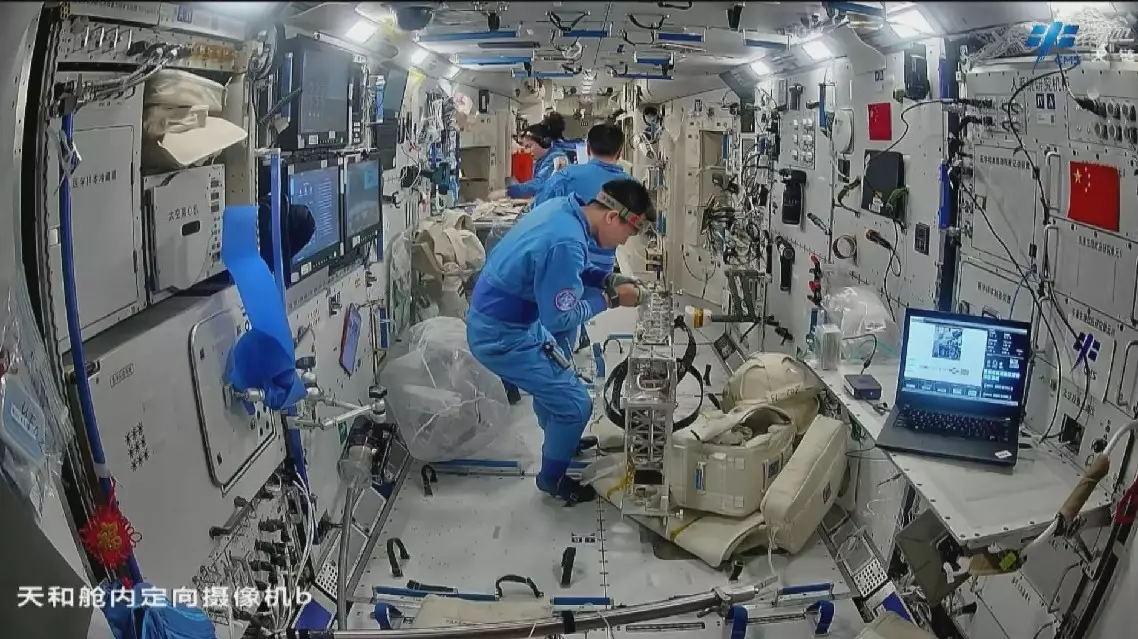
Shenzhou-19 crew conduct tasks in orderly manner after receiving supplies from Earth
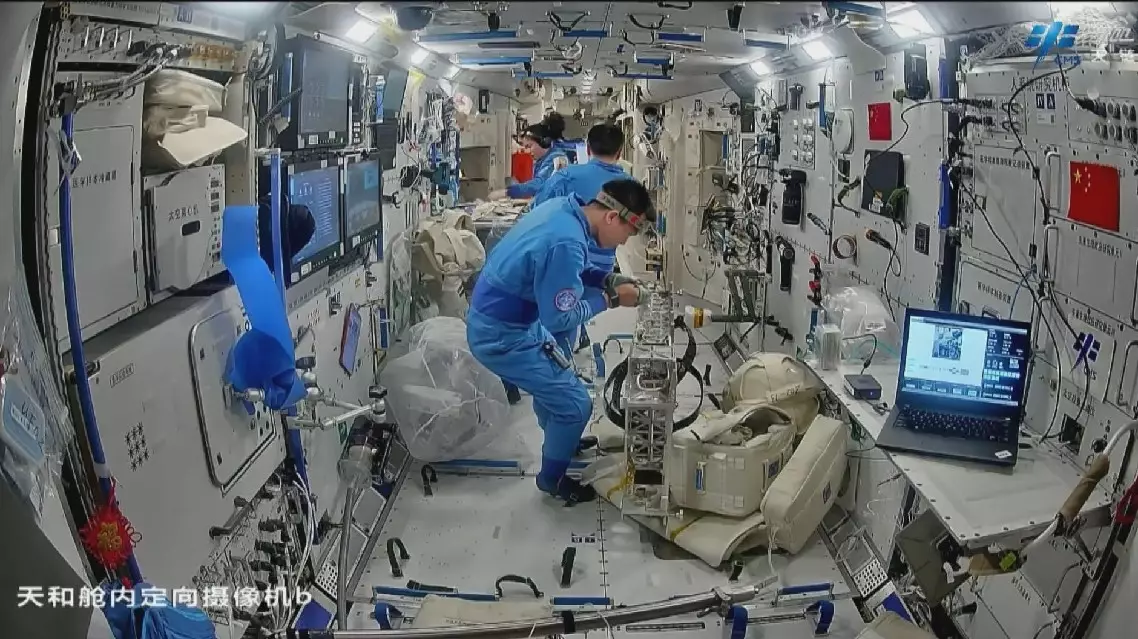
Shenzhou-19 crew conduct tasks in orderly manner after receiving supplies from Earth


